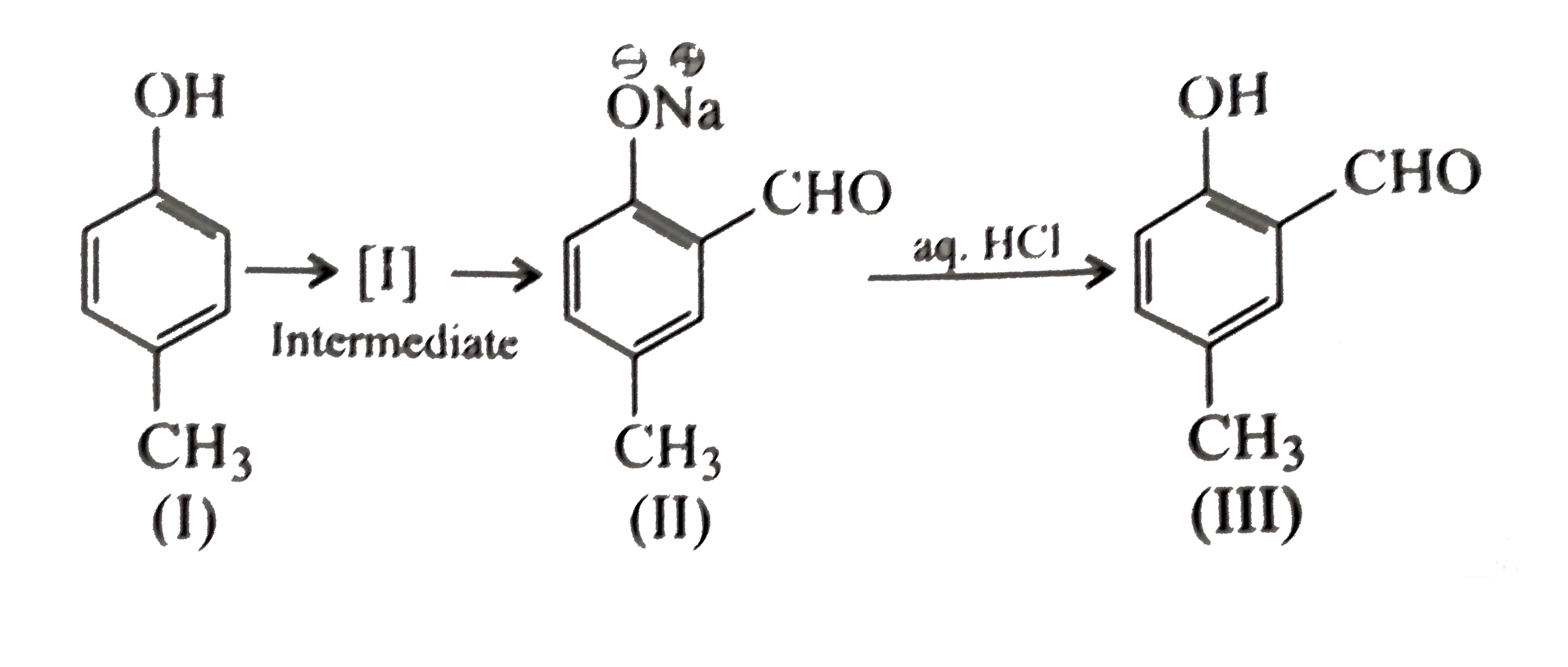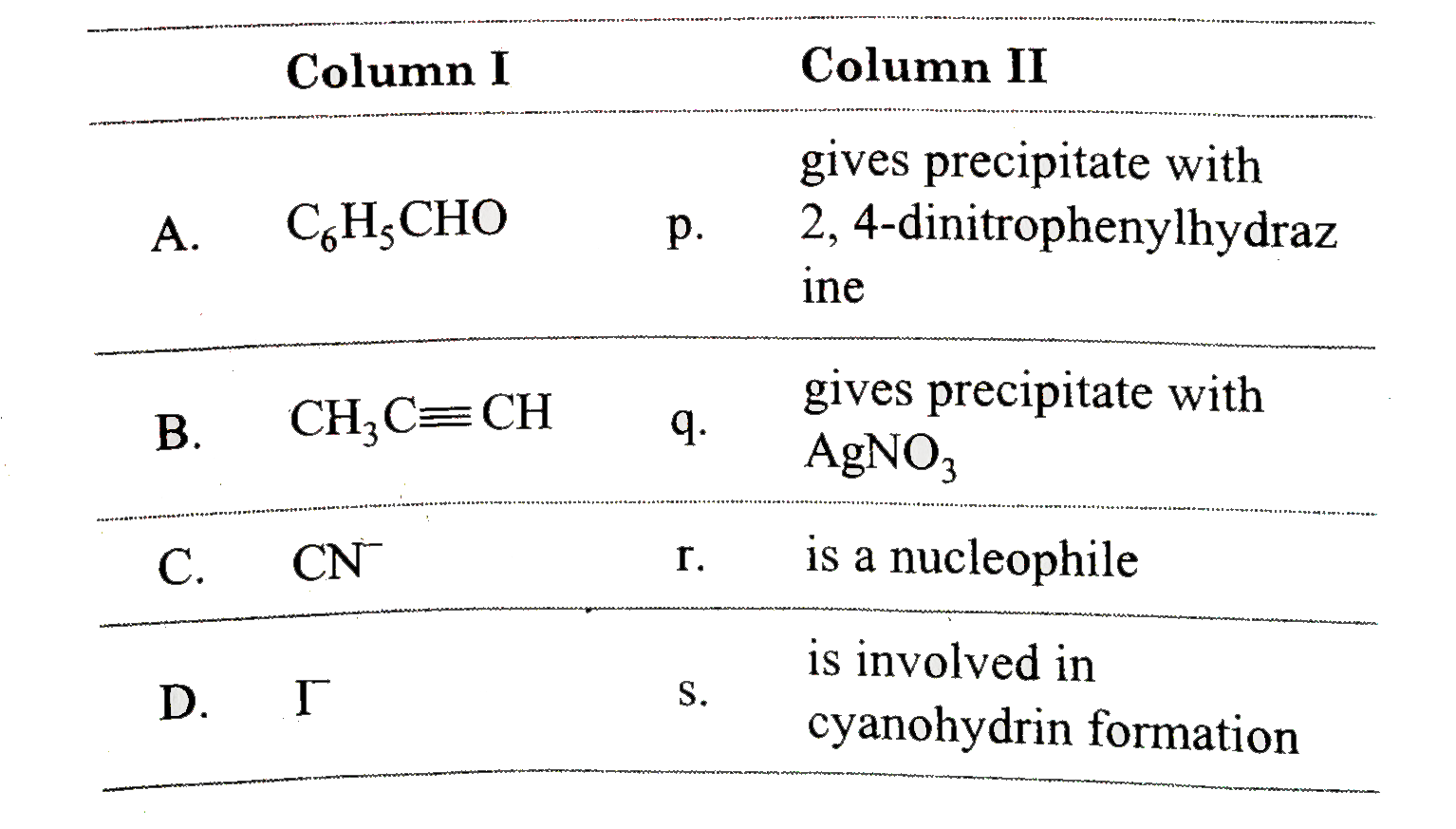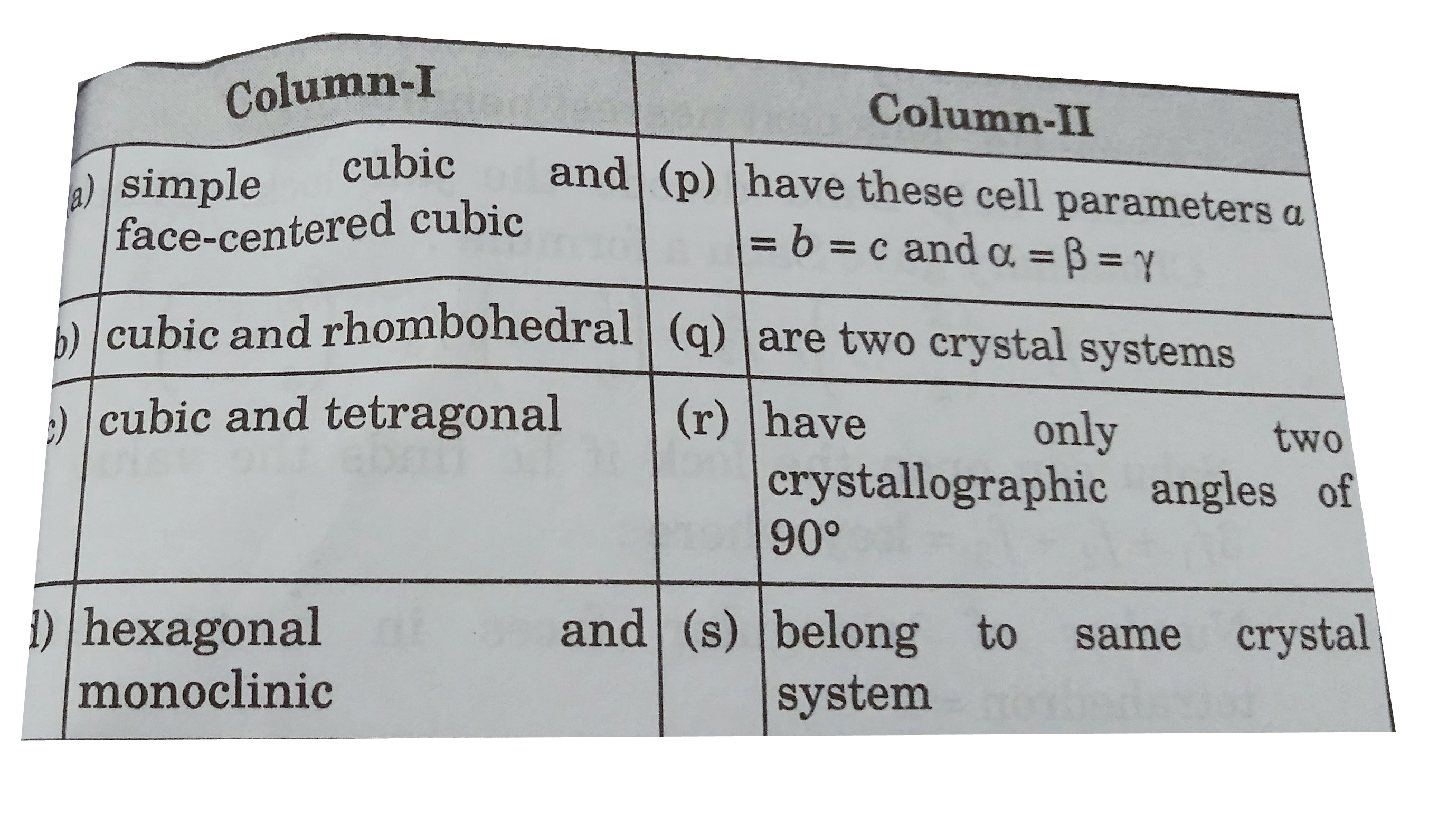Complete Solutions to MULTIPLE CHOICE QUESTIONS of chapter JEE ADVANCED of Class 12 book with complete answers and questions
| Class 12 | CHEMISTRY |
| Chapter | JEE ADVANCED |
| JEE ADVANCED | MULTIPLE CHOICE QUESTIONS |
| Number Of Questions | 22 |
| Academic Year | 2023-24 |
Consider a titration of potassium dichromate solution with acidified Mohr's salt solution using diphenylamine as indicator. The number of moles of Mohr's salt required per mole of dichromate is:
02:03View SolutionAmong the following metal carbonyls, the `C-O` bond order is lowest in
05:22View SolutionA solution of a metal ion when treated with `KI` gives a red precipitate which dissolves in excess `KI` to give a colourless solution. Moreover, the solution of metal ion on treatment with a solution of cobalt (II) thiocyanate gives rise to a deep blue crystalline precipitate. The metal ion is
01:35View SolutionCyclohexene on ozonolysis followed by reaction with zinc dust and water gives compound E. Compound E on furhter treatment with aqueous KOH yields compound F. Compound F is
04:31View SolutionThe number of stereoisomers obtained by bromination of trans-2-butene is :
01:15View SolutionAmong the following, the least stable resonance structure is :
03:40View SolutionA positron is emitted from `._(11)Na^(23)` . The ratio of the atomic mass and atomic number of the resulting nuclide is
01:26View SolutionFor the process `H_(2)O(l) (1 "bar", 373 K) rarr H_(2)O(g) (1"bar", 373 K)` the correct set of thermodynamic parameters is
03:00View SolutionConisder a reaction `aG+bH rarr` Products. When concentration of both the reactants `G` and `H` is doubled, the rate increases eight times. However, when the concentration of `G` is doubled, keeping the concentration of `H` fixed, the rate is doubled. The overall order of reaction is
04:47View SolutionStatement I: Alkali metals dissolve in liquid ammonia to give blue solutions.
Statement II: Alkali metals in liquid ammonia give solvated species of the type `[M(NH_(3))_(n)]^(o+)` (M = alkali metals).05:28View SolutionStatement I : Glucose gives a reddish-brown precipitate with Fehling's solution
Statement II : Reaction of glucose with Fehling's solution gives `CuO` and gluconic acid02:27View SolutionStatement I: Molecules that are non-superimposable on their mirror images are chiral.
Statement II: All chiral molecules have chiral centres.02:38View SolutionBand gap in germanium is small.
The energy spread of each germanium atomic energy level is infinitesimally small.01:50View SolutionAmong the following, identify the correct statement.
View SolutionWhile `Fe^(3+)` is stable `Mn^(3+)` is not stable in acitic solution because
01:42View SolutionDuring Lassaigne's test for nitrogen, the sodium fusion extract i9s heated to boiling with ferrous sulphate crystals and then acidified with dilute sulphuric acid. If `N` is present, Prussian blue appears due to the formation of
02:46View SolutionReimer-Tiemann reaction introduces an aldehyde group on to the aromatic ring of phenol, ortho to the hydroxyl group. This reacrtion involves electrophilic aromatic subsititution. It is a general method for the synthesis of subsituted salicyladehydes as depiced below:

Which one of the following reagents is used in the above reaction ?03:14View SolutionReimer-Tiemann reaction introduces an aldehyde group on to the aromatic ring of phenol, ortho to the hydroxyl group. This reacrtion involves electrophilic aromatic subsititution. It is a general method for the synthesis of subsituted salicyladehydes as depiced below:

The electrophile in this reaction is:03:29View SolutionThe structure of the intermediate I is
01:33View SolutionMatch the reactions in Column I with nature of the reactions `//` type of the products in Column II.
 03:12View Solution
03:12View SolutionMatch the compouns`//ions` Column I with their properties`// reactions` in Column II.
 04:52View Solution
04:52View SolutionMatch the crystal system/unit, cells mentioned in Column-I with their characteristic features mentioned in Column-II.
 02:49View Solution
02:49View Solution
MULTIPLE CHOICE QUESTIONS questions and complete solutions for chapter JEE ADVANCED of JEE ADVANCED PREVIOUS YEAR of Class 12
All Exercises from JEE ADVANCED Class 12 CHEMISTRY JEE ADVANCED
- CHEMISTRY
- CHEMISTRY SECTION - I : Single correct Answer Type
- CHEMISTRY SECTION - II : Multiple Correct Answer Type
- CHEMISTRY SECTION - III : Integer Answer Type
- CHEMISTRY SECTION - IV : Matric Match Type
- MULTIPLE CHOICE QUESTIONS
- PART II : CHEMISTRY (SECTION -1)
- PART II : CHEMISTRY (SECTION -2)
- PART II : CHEMISTRY (SECTION -3)
- PART II : CHEMISTRY (SECTION 1)
- PART II : CHEMISTRY (SECTION 2)
- PART II : CHEMISTRY (SECTION 3)
- PART II :CHEMISTRY (SECTION 2)
- PART II :CHEMISTRY (SECTION 3)
- PART II: CHEMISTRY (Section -1):(One or more options correct type)
- PART II: CHEMISTRY (Section -2):(Paragraph Type)
- Part II: CHEMISTRY (Section 1)
- Part II: CHEMISTRY (Section 2)
- Part II: CHEMISTRY (Section 3) Paragraph 1
- Part II: CHEMISTRY (Section 3) Paragraph 2
- PART II: CHEMISTRY Section-3:(Matching List Type)
- PART-2 CHEMISTRY SECTION -1 (ONLY ONE OPTION CORRECT TYPE)
- SECTION - 3 (MATCHING LIST TYPE)
- Section - I Single correct Answer Type
- Section - I (Single correct question )
- Section - II (Multiple correct Answer Type Questions)
- Section - II (Multiple correct choice type)
- Section - III (Paragraph type)
- Section - IV (Integer Answer Type)
- SECTION -2 COMPREHENSION TYPE
- SECTION 1
- SECTION 2
- SECTION 3 PARAGRAPH
- SECTION I
- Section I : Single Correct Answer Type
- SECTION II
- Section II : Paragraph Type
- SECTION III
- Section III : Multiple Correct Answer(s) Type
- SECTION- 1 (ONE OR MORE THAN ONE OPTIONS CORRET TYPE)
- Section-1
- Section-2
- Section-3
- SECTION-I (Single Correct Choice Type )
- Section-I (single correct choice type)
- Section-II (Integer type)
- SECTION-II (Multiple Correct Choice Type )
- SECTION-II(Multiple Correct Choice Type )
- Section-III (Paragraph type )
- SECTION-III (Comprehension Type )
- SECTION-III (Matrix-Match Type )
- SECTION-IV (Integer Answer Type )
- Section-IV (integer type)
- Section-IV (Matrix type)
- SECTION-IV(Matrix-Match Type )
